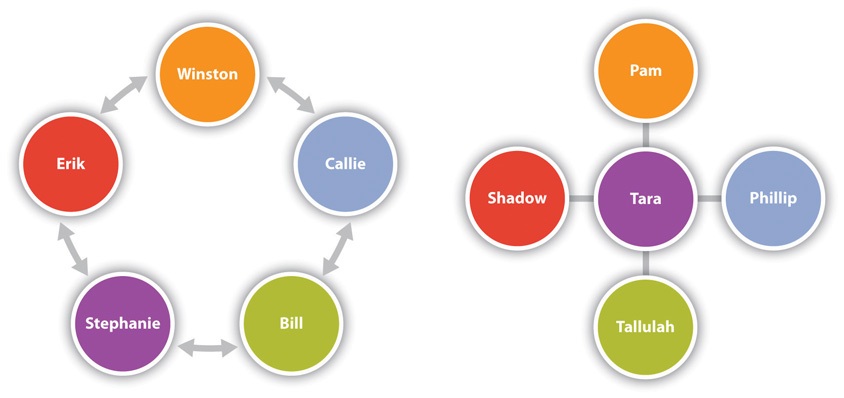7.1 Foundations of Relationships
LEARNING OBJECTIVES
- Distinguish between personal and social relationships.
- Describe stages of relational interaction.
- Discuss social exchange theory.
We can begin to classify key relationships we have by distinguishing between our personal and our social relationships.C. Arthur VanLear, Ascan Koerner, and Donna M. Allen, “Relationship Typologies,” in The Cambridge Handbook of Personal Relationships, eds. Anita L. Vangelisti and Daniel Perlman (Cambridge: Cambridge University Press, 2006), 95. Personal relationships meet emotional, relational, and instrumental needs, as they are intimate, close, and interdependent relationships such as those we have with best friends, partners, or immediate family. Social relationships are relationships that occasionally meet our needs and lack the closeness and interdependence of personal relationships. Examples of social relationships include coworkers, distant relatives, and acquaintances. Another distinction useful for categorizing relationships is whether or not they are voluntary. For example, some personal relationships are voluntary, like those with romantic partners, and some are involuntary, like those with close siblings. Likewise, some social relationships are voluntary, like those with acquaintances, and some are involuntary, like those with neighbors or distant relatives. You can see how various relationships fall into each of these dimensions in Figure 7.1 "Types of Relationships". Now that we have a better understanding of how we define relationships, we’ll examine the stages that most of our relationships go through as they move from formation to termination.
Figure 7.1 Types of Relationships

Source: Adapted from C. Arthur VanLear, Ascan Koerner, and Donna M. Allen, “Relationship Typologies,” in_The Cambridge Handbook of Personal Relationships, eds. Anita L. Vangelisti and Daniel Perlman (Cambridge: Cambridge University Press, 2006), 95._